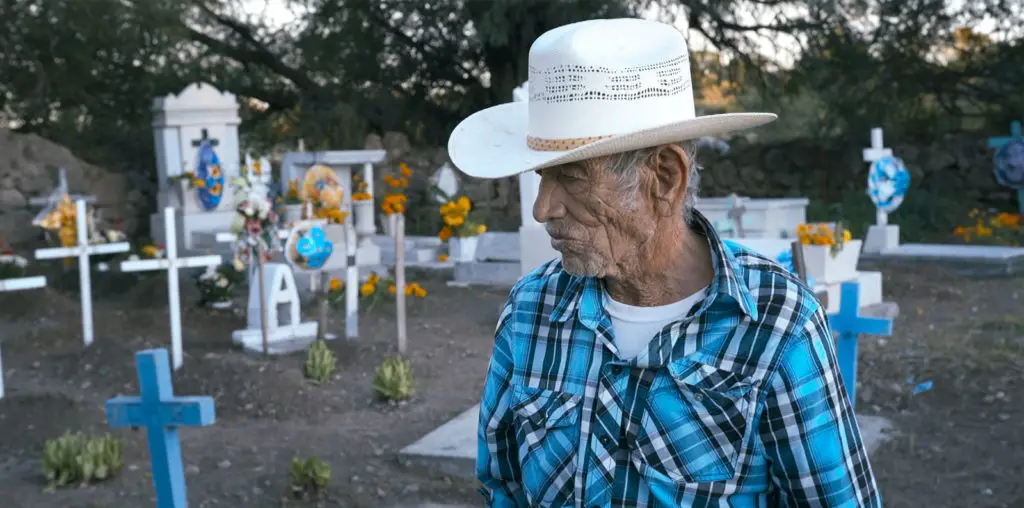
A set of twins, identical or fraternal, may share genes and bear a strong resemblance to each other, but they are not the same person. One should not judge one twin in terms of the other. Ideally, in a fair and just world, cinematic twins would receive the same treatment. Their narrative makeup and visual design may overlap, but they aren’t the same film. Even when they tell the same story, they are not the same film. But, we do not, of course, live in a fair and just world; film remakes, reinterpretations, and shot-by-shot replications are evaluated in terms of the narrative, “genetic” original. In the case of “Pulse” (Jim Sonzero), the American remake of the Japanese horror film “Kairo” (Kiyoshi Kurosawa, 2001), comparisons are inevitable.
Sonzero’s film, whose screenplay was adapted by Wes Craven, concerns a group of college students, mysterious deaths and disappearances, hungry paranormal entities, and nearly every technologically advanced means of communication imaginable. Mattie (Kristen Bell, looking like a grittier but equally pretty Veronica Mars), Isabell (Christina Milian), Stone (Rick Gonzalez), and Tim (Samm Levine) are caught in the middle of eerie and unsettling occurrences around their school. Precipitated by the strange behavior exhibited by Mattie’s boyfriend Josh (Jonathan Tucker) and then his suicide, the film’s protagonists discover—with help from computer whiz Dexter (Ian Somerhalder)—that life as they knew it is over.
Since “Pulse” immediately plunges into atmospheric and plot-related scares, the audience is better able to anticipate the appearances of the aforementioned apparitions. Who benefits from a horror film that introduces such elements literally minutes within starting? It’s arguable that a frightening image is more terrifying when you know it’s coming but hasn’t arrived yet. Unfortunately, it doesn’t work with “Pulse.” Laughter erupts during scenes and certain close-ups that were designed to induce screams. Moreover, probably worried that some audiences would not fully comprehend or appreciate the thematic aspects of the story, Sonzero and perhaps Craven felt compelled to have the characters explain everything to one another, and subsequently to you as well. Thus, you are likely to feel excluded from the experience the characters are having because none of their fear is vicariously transposed onto you.
After establishing its patterns and tendencies regarding scare tactics, after divulging all of its narrative and ideological significance, Sonzero only has the musical score and the aesthetic arrangement of his film left to make any kind of profound impression on the audience. While “Pulse” consists of several wide-angle shots and a very mobile, hand-held camera, they’re both style choices that can be considered independent of substance choices.
If you have seen “Kairo,” you know more or less what will happen to the characters in “Pulse” and why they happen. If you haven’t, though, you may want to rent the original or watch something else altogether at the multiplex. Although it is still ideal to give remakes an unbiased analysis, in this instance of cinematic twins, the first one you meet is the only one that matters. Sonzero’s film is grainy and grimy, but is also brighter and a bit more colorful; it includes a handful of very striking visual and thematic juxtapositions and is equally “slow” in pacing as Kurosawa’s “Kairo.” To embrace completely the implications of a society overrun by networks, computers, and cell phones, however, one should really opt for the darker twin.
